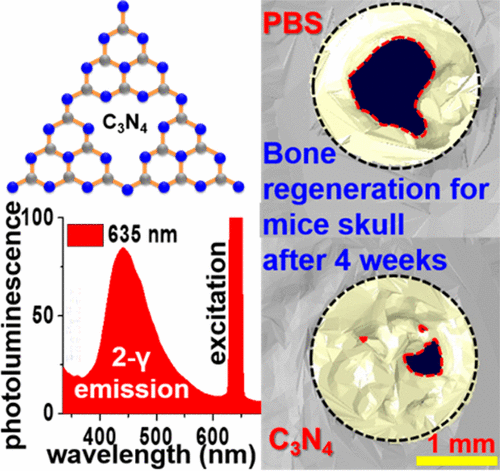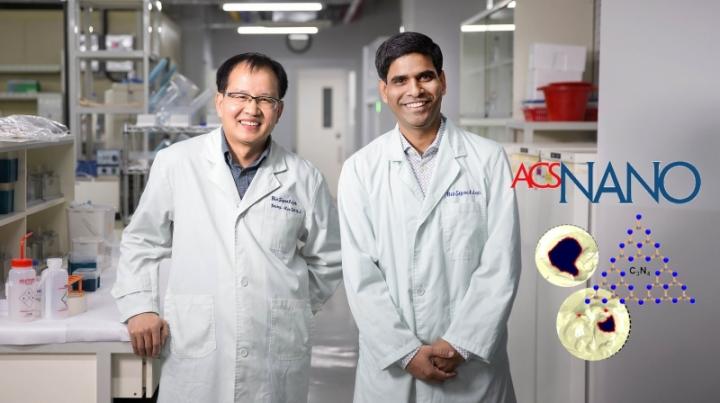New research from UNIST (Ulsan National Institute of Science and Technology) has developed an approach using stem cells that, when 3D printed, could help the growth of bones. 3D printing these stem cells with red-light absorbing carbon nitride (C3N4) sheets could in the future rapidly increase bone growth and regeneration.
The research could have significant impact upon the treatment of skeletal injuries, as it drastically reduces the time required to regenerate bone tissue. One of the professors, Young-Kyo Seo, also believes the work will have a positive effect on the medical 3D printing industry. The paper, written by eleven UNIST researchers, is published in the January edition of ACS Nano Journal.
Medical applications of 3D printing and 3D bio printing are becoming increasingly prevalent. A recent example is work by scientists at the Carlos III University of Madrid who developed a prototype bioprinter that can 3D print functioning skin cells. Also, 3D Printing Industry recently visited the 3D Medical Expo in Maastricht, Netherlands to view first-hand the latest developments in this field.

How it works
The UNIST process uses photo-catalytic carbon material, in addition to human bone marrow-derived mesenchymal stem cells (hBMSCs). The significant aspect of this technique, as hBMSCs have been used before to attempt similar research, is the use of the red-light absorbing C3N4 sheets. These sheets were found to emit fluorescence which can be used to drastically speed up bone regeneration. Having absorbed the red light, the emitted fluorescence was seen to induce production of calcium.
As the paper says,
The cell stimulation enhances hBMSC differentiation toward bone formation, demonstrating the therapeutic potential of near-infrared two-photon absorption of C3N4 sheets in bone regeneration and fracture healing.
Researchers used mice to test the growth of the bone marrow stem cells and noticed that the mice skulls regenerated 91% within four weeks using this technique. Opposed to a 36% recovery in the standard control group.

3D printing
The team explain in the paper that applying their research to 3D printing could increase the speed even further. The researchers explain that, though their findings have been positive, “faster bone regeneration could occur by combining our method with 3D printing.”
Furthermore, one of the researchers, Professor Young-Kyo Seo, explained how their work could have an impact on the use of 3D printing. Speaking about the paper, he said
This research has opened up the possibility of developing a new medicine that effectively treats skeletal injuries, such as fractures and osteoporosis. It will be a very useful tool for making artificial joints and teeth with the use of 3D printing.
Featured image shows Bone marrow derived mesenchymal stem cells as part of separate research. Image via Ames Laboratory



